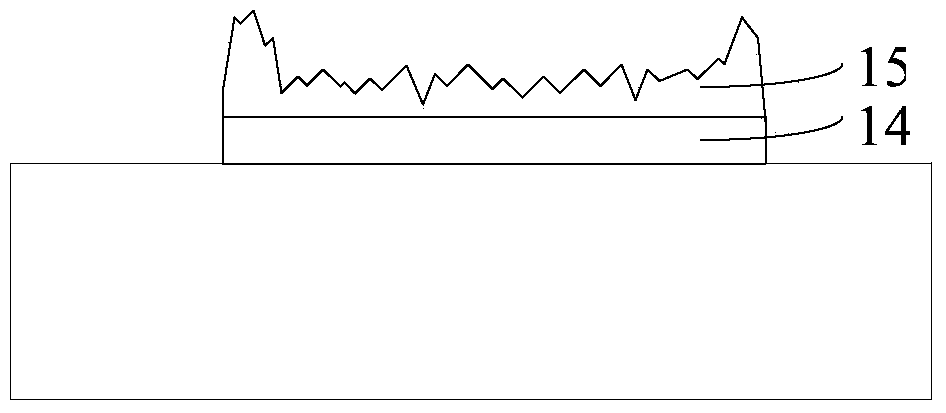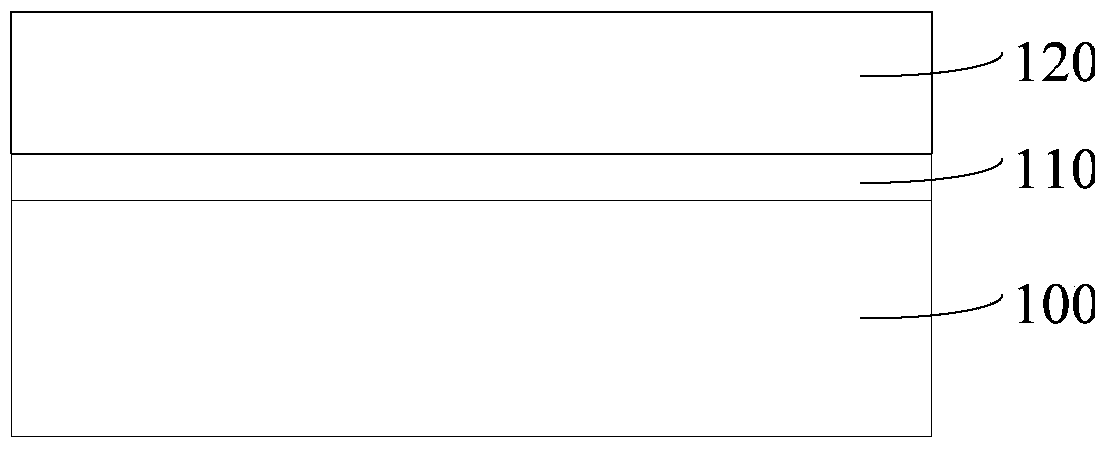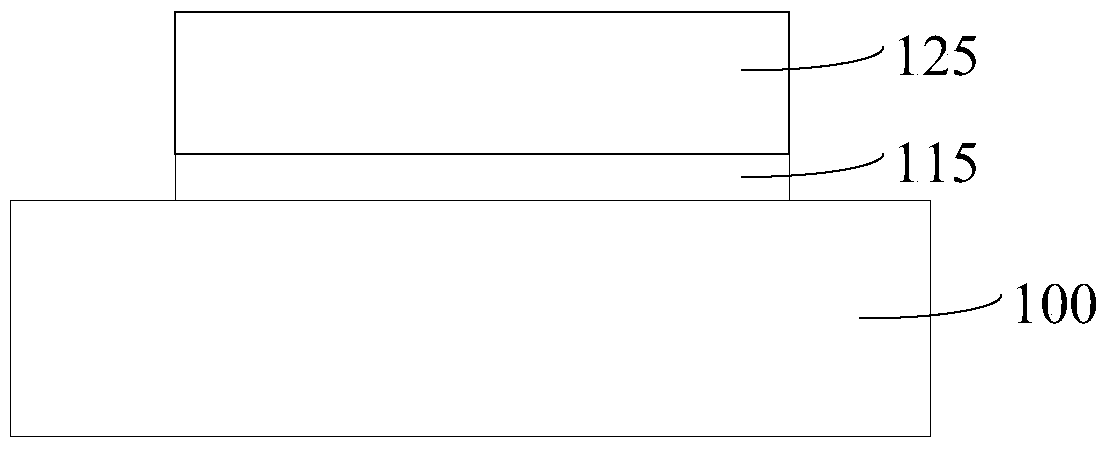Post-etching ashing method and forming method of magnetic sensor
A magnetic sensor and ashing technology, which is used in the manufacture/processing of electromagnetic devices, semiconductor/solid-state device manufacturing, electrical components, etc., can solve the problem of not completely removing the photoresist layer, and achieve the effect of improving the etching selectivity ratio.
- Summary
- Abstract
- Description
- Claims
- Application Information
AI Technical Summary
Problems solved by technology
Method used
Image
Examples
Embodiment Construction
[0024] It can be known from the background art that after the tantalum nitride layer is formed, the photoresist layer used for the mask cannot be completely removed by the ashing process. Please refer to figure 1 Using the patterned photoresist layer as a mask, ashing is performed after the tantalum nitride layer 14 is formed by etching. There is still a part of the photoresist layer 15 remaining on the surface of the tantalum nitride layer 14, especially near the tantalum nitride layer 14 The remaining photoresist layer 15 at the sidewall of the layer 14 is the most. Through research on the remaining photoresist, it is found that the remaining photoresist is a polymer containing tantalum, oxygen, and carbon. This is mainly due to the fact that after part of the tantalum nitride film is etched and removed, the nitrogen The tantalum element in the tantalum oxide film will react with the photoresist to form a polymer containing tantalum, oxygen, and carbon. The polymer containing ...
PUM
 Login to View More
Login to View More Abstract
Description
Claims
Application Information
 Login to View More
Login to View More - R&D
- Intellectual Property
- Life Sciences
- Materials
- Tech Scout
- Unparalleled Data Quality
- Higher Quality Content
- 60% Fewer Hallucinations
Browse by: Latest US Patents, China's latest patents, Technical Efficacy Thesaurus, Application Domain, Technology Topic, Popular Technical Reports.
© 2025 PatSnap. All rights reserved.Legal|Privacy policy|Modern Slavery Act Transparency Statement|Sitemap|About US| Contact US: help@patsnap.com



